|
Next to our rooms was a row of large fruiting palms that were a great attraction to a flock of Scaly-naped Pigeons which is a widespread species but I've never had such close views of them though they were surprisingly wary considering that there are always people around the hotel. As arranged we set off in a jeep after breakfast with our guide Alex for the day to go to the Sierra de Codina. This is at a higher elevation and was quite cool when we arrived and slightly damp underfoot. We soon saw Orange-washed Sulphur Phoebis avellaneda, Orange-barred Sulphur Phoebis philea and White-angled Sulphur Anteos clorinde. We had a coffee at the hacienda and a look around the gardens where there were Cape May Warblers, Cuban Tody, Cuban Emerald and Cuban Trogons everywhere. There were many fruit trees in the garden including quite a lot of oranges. Alex explained that the West Indian Woodpeckers are not liked by the locals because they have a habit of eating and destroying the oranges. While he was telling us this we watched one fly across into an orange tree and do just that. There are various trails from here but we opted for the Magic Carpet trail which was a fairly easy 7km. There are lots of orchids in the area, 132 to be precise, though at this time of year not very many of them are in flower but we did see some that were epiphytes and some that were not. There were quite a few warblers about too and we saw Black-throated Blue, Prairie, Black-throated Green, Parula, Black & White, Ovenbird plus Cuban and Black-whiskered Vireos. There weren't many adult butterflies but Doug was always on the lookout for larvae and found Caribbean Faceted Skipper Synapte malitiosa, Caribbean Ruby-eye Perichares philetes and a pupa of Perching Saliana Saliana esperi. But it was a larval shelter on a vine that caught his eye and proved of most interest as he didn't recognise the plant. On opening it there was a black and yellow striped larva inside that looked just like an Antillean Flasher Astraptes xagua larva but the foodplant was wrong. There are four other Astraptes species in Cuba and Doug guessed that it was going to prove to be Green Flasher Astraptes talus which indeed turned out to be the case. A further careful search provided another larva and several hatched eggs. And the vine foodplant has proved to be Mucuna urens - Thank you Eddy for the id. Black-striped White Melete salacia feeds on mistletoes in the larval stages so when we found some mistletoe sp we made a point of searching it carefully - but no luck this time. We walked back along the river in a limestone gorge past a huge strangler fig to where the day trekkers were going to be feeding on roast pig later in the evening. A great day out with the very knowledgeable Alex.
0 Comments
Leave a Reply. |
Welcome to our Blog
Here we will post interesting news about what we and others have seen in Cuba. Archives
July 2024
Categories |
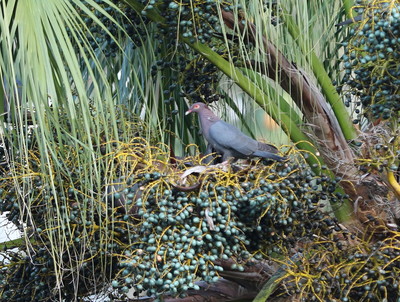
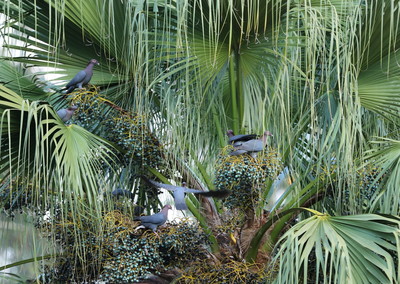
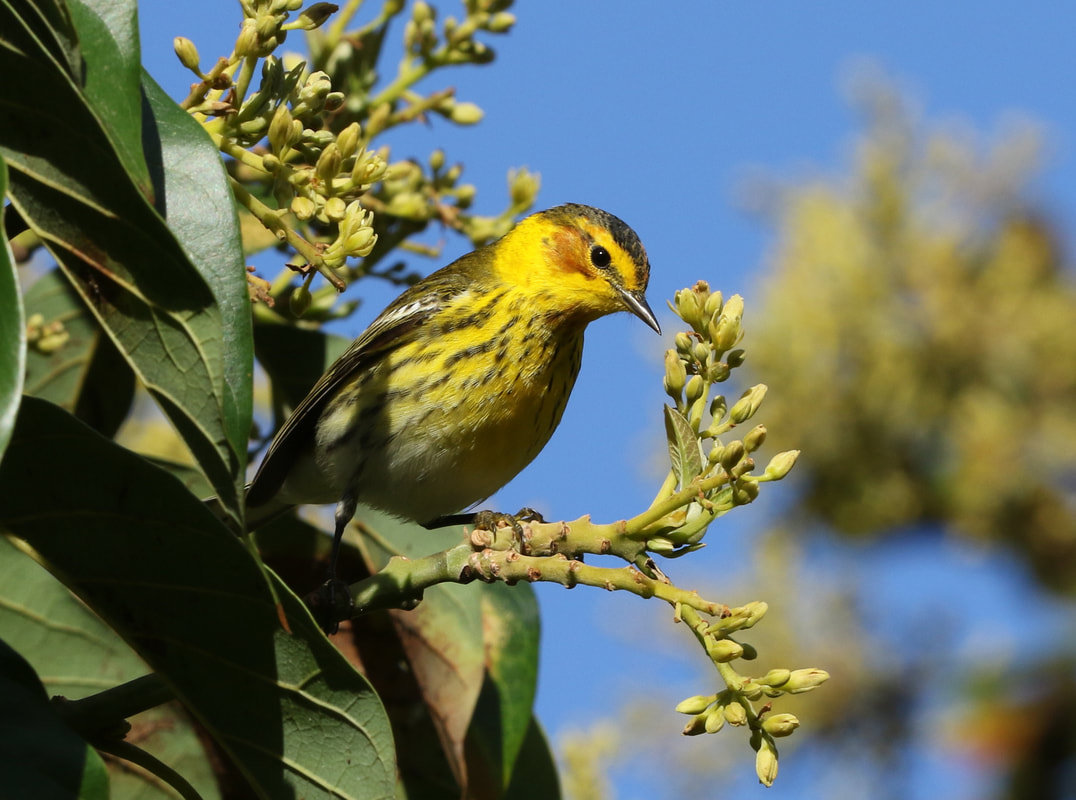
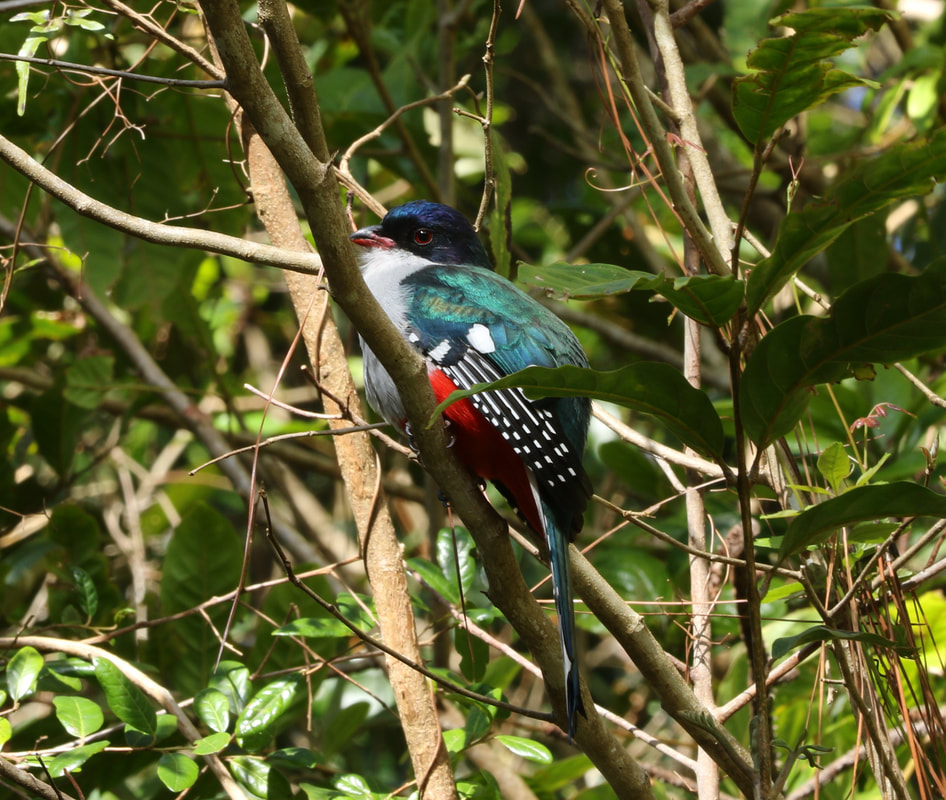
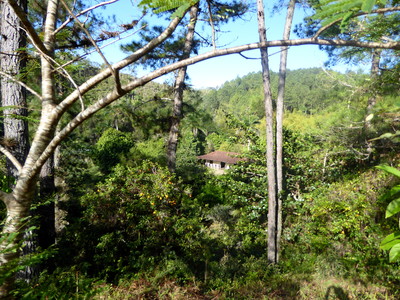
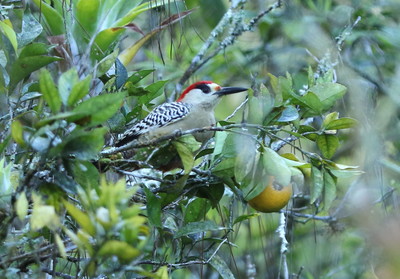
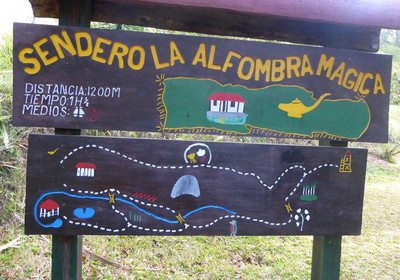
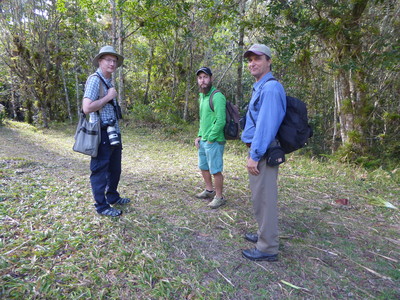
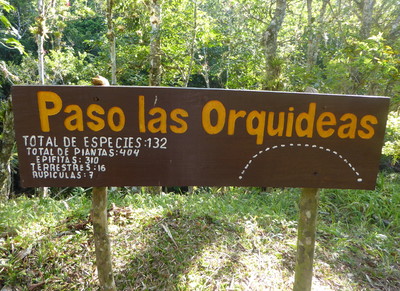
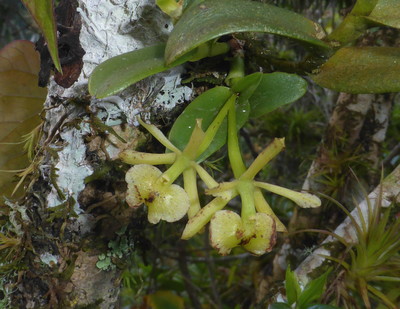
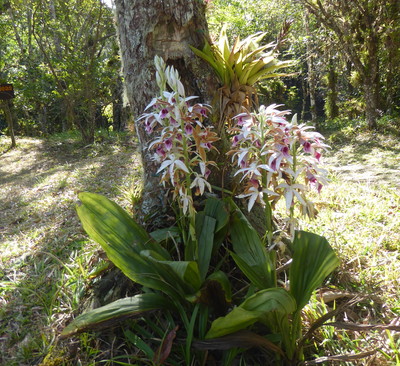
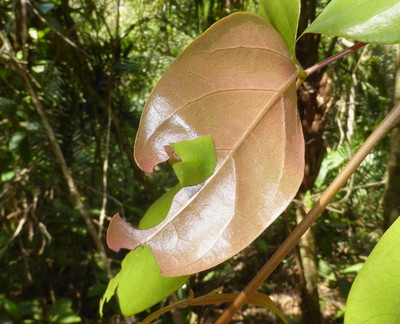
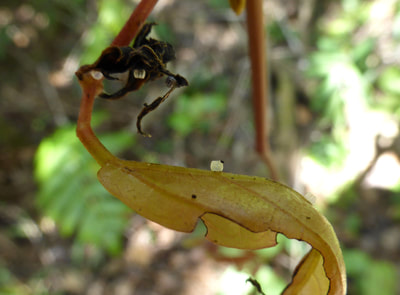
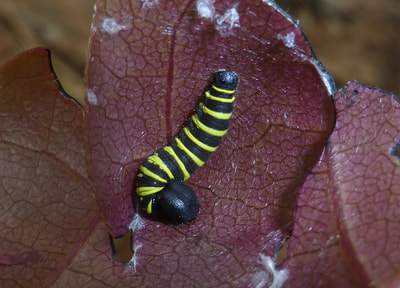
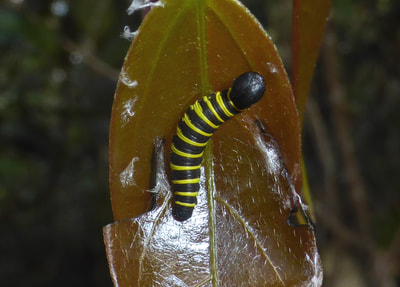
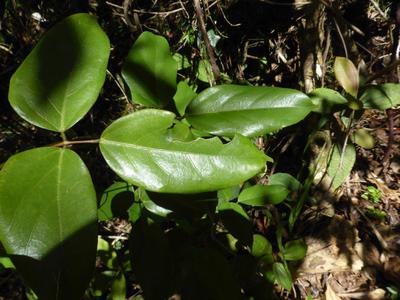
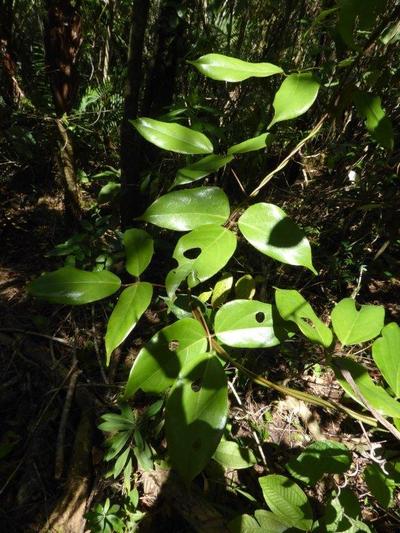
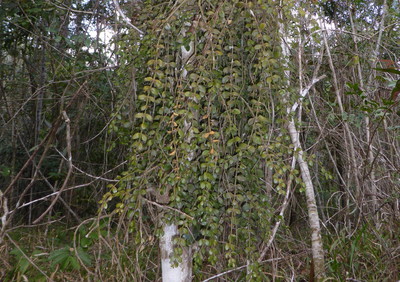
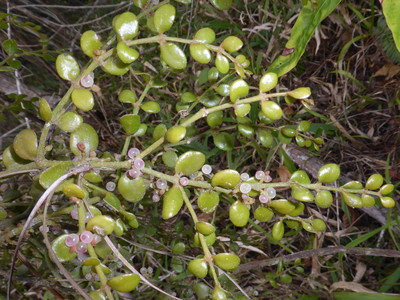
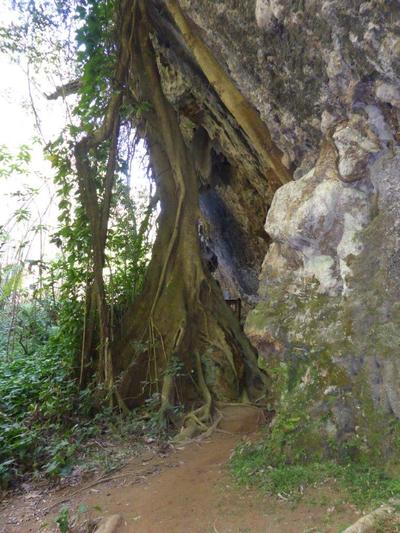
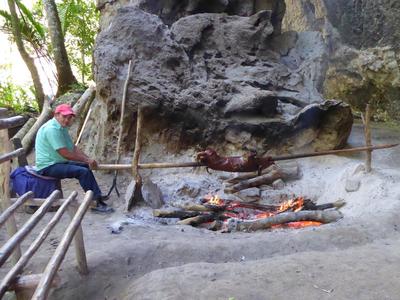
 RSS Feed
RSS Feed